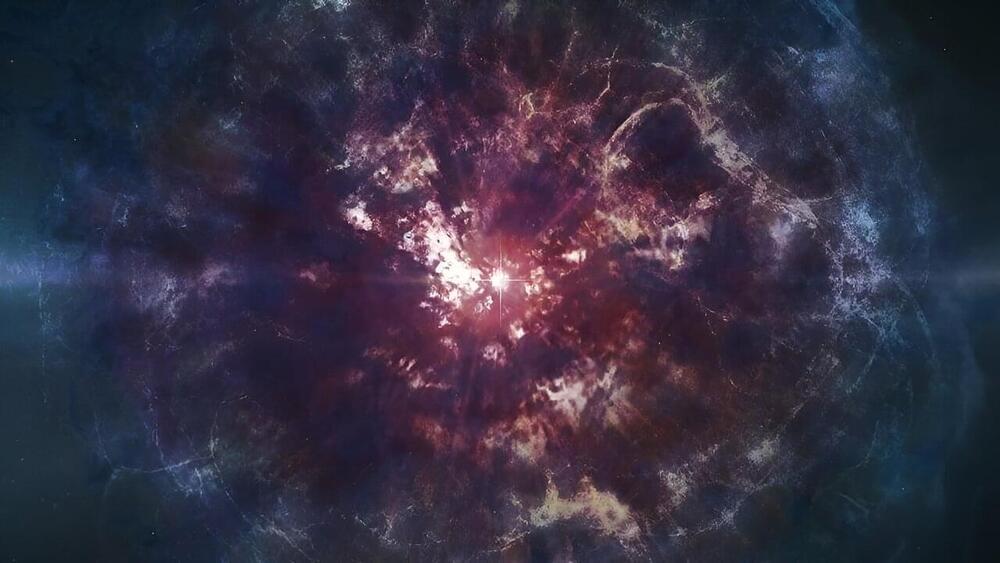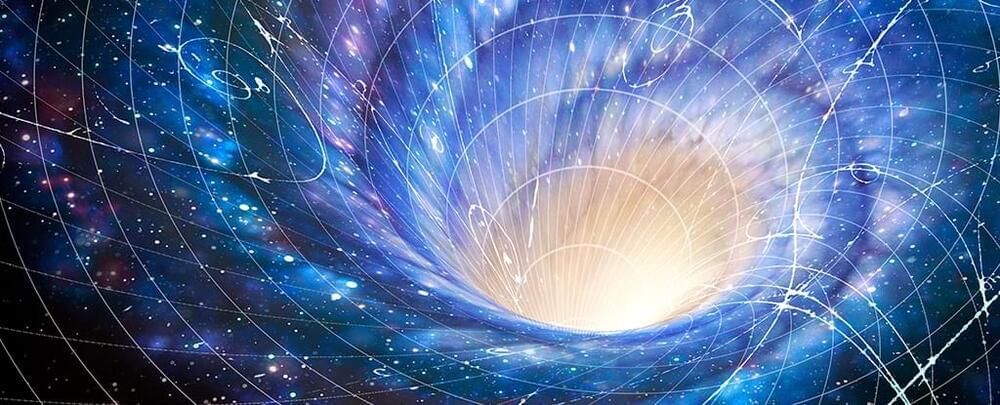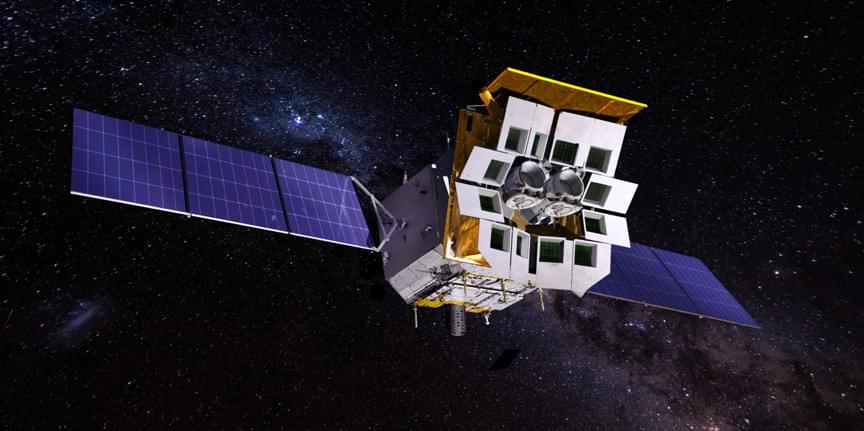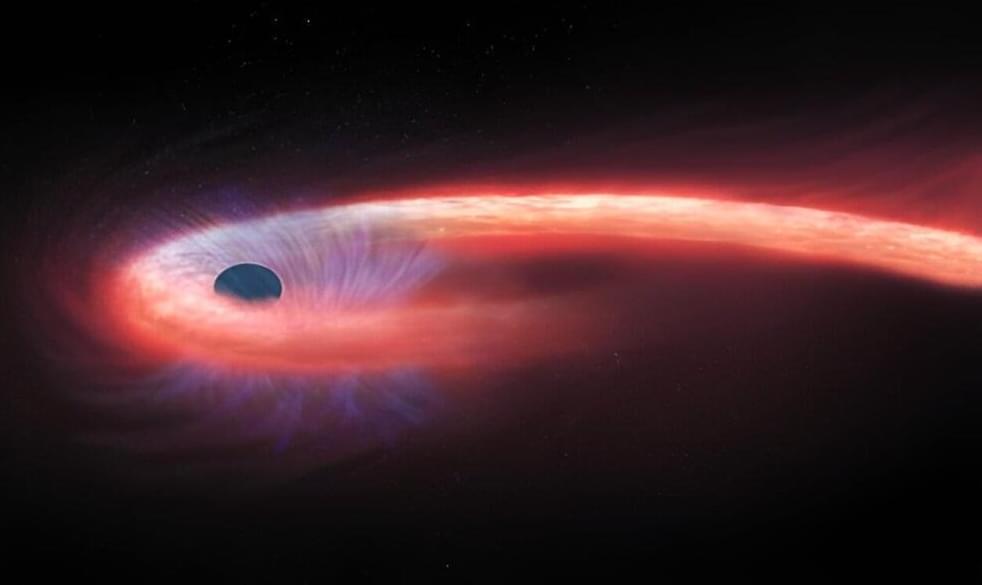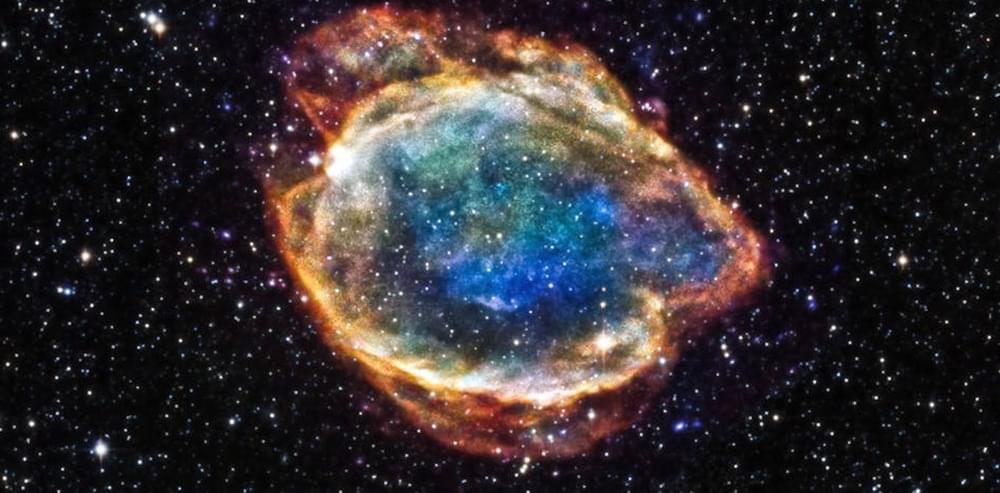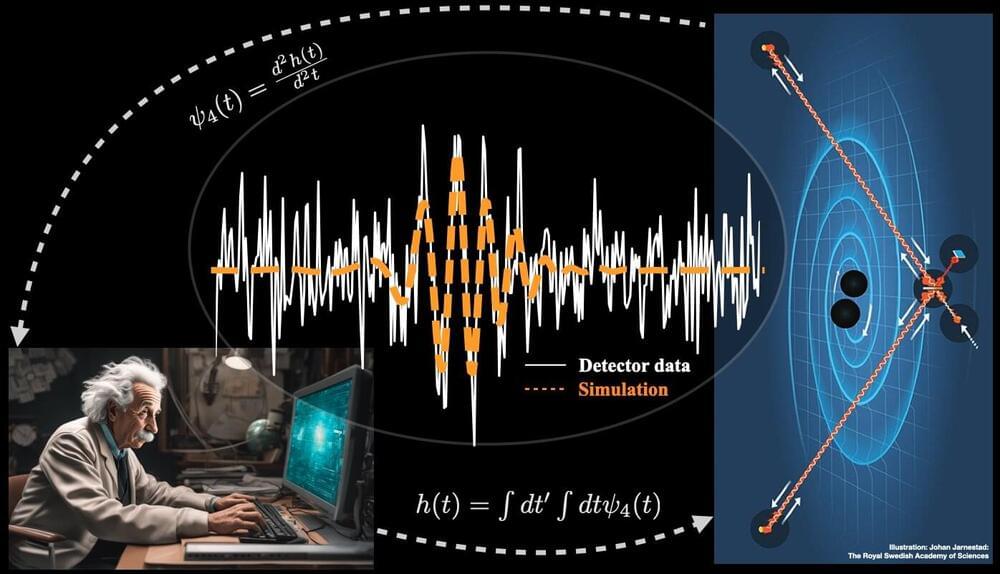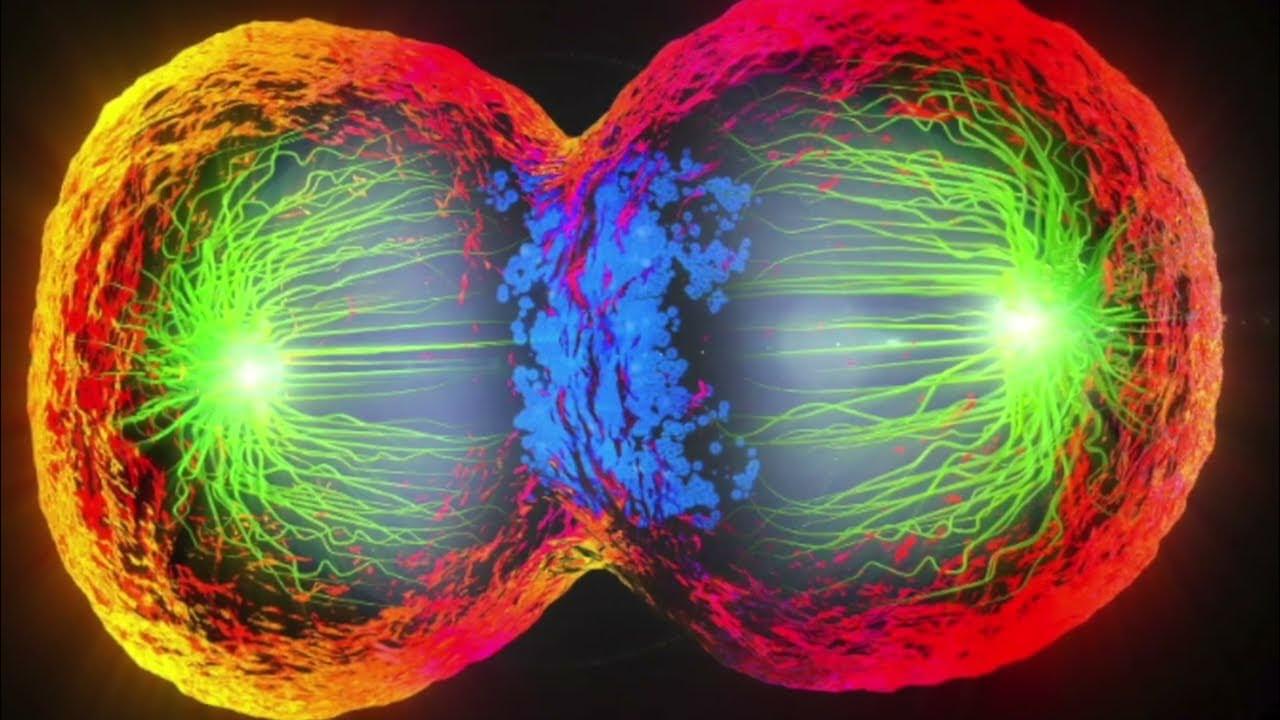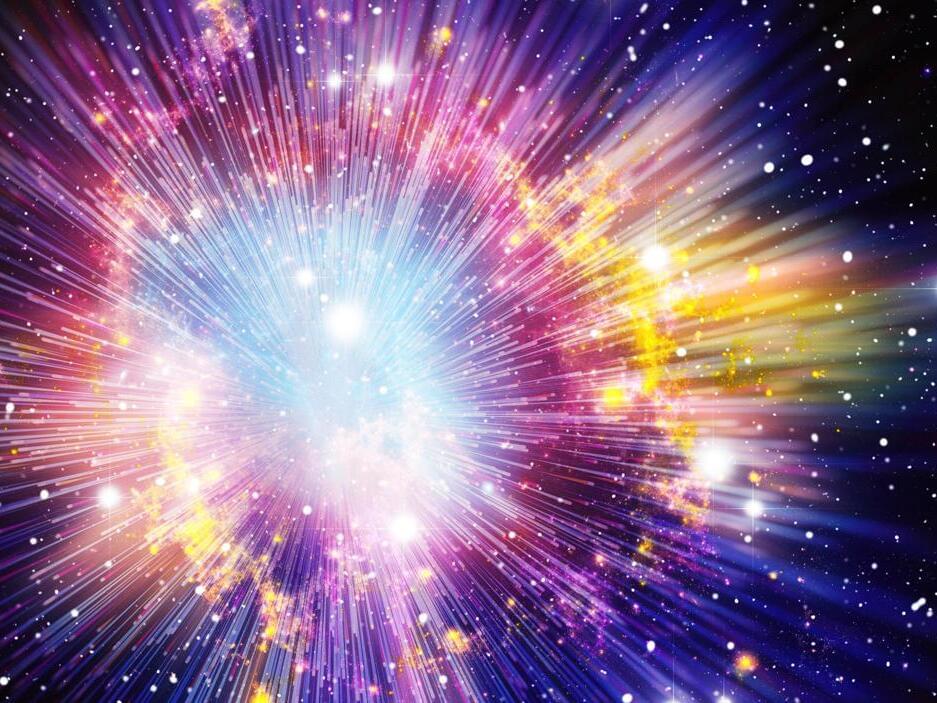Jan 11, 2024
Discovery of unusual star may change our picture of how stars explode and elements are made
Posted by Shubham Ghosh Roy in category: cosmology
Scientists have found a star unlike any other one recorded—which may change our understanding of how stars die.
This unusual star, 13,000 light-years away, has an elemental makeup that suggests it was formed in the aftermath of a more massive star exploding in a way that no existing theory seems to explain. According to everything else we know, the original star should have turned into a black hole instead.
The discovery may rearrange our picture of how stars explode and how some of the heavier elements are made. It also helps us better understand what the first generation of stars in the universe may have looked like.
